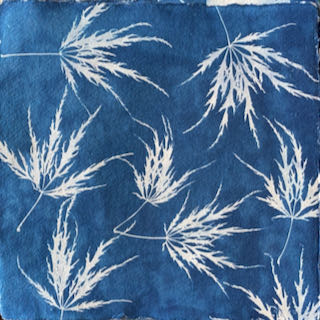Cyanotype
Continuing with the printing theme, I decided to try Cyanotype printing at West Dean College, Sussex.
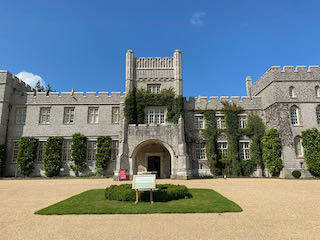
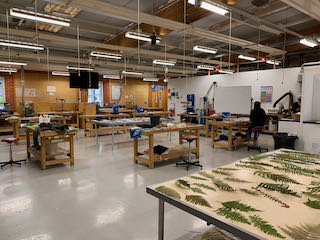
Cyanotype is a photographic printing process that produces a cyan blue print. Engineers used the process well into the 20th century as a simple and low cost process to produce copies of drawings, referred to a blueprints.
Paper should be pre-prepared away from daylight, in a solution of 25g of Ferric Ammonium Citrate, 10g Potassium Ferricyanide and water. The paper should be left to dry in a dark place until it's ready to be used.
We used a mixture of 'flat' materials including feathers, ferns and leaves picked and dried from West Dean gardens.
These are placed onto the paper and exposed to natural sunlight for approximately 30 minutes, depending on the strength of the sunlight.
A piece of glass is then placed over the paper to secure its position while developing.

The paper is then rinsed thoroughly in water and left to dry, revealing the distinctive blue and white print.
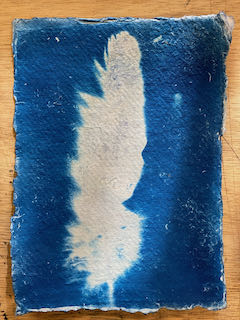

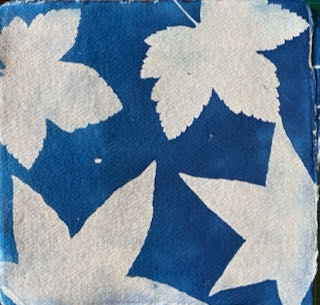
Maple leaves
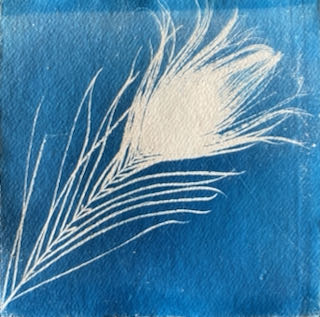
Peacock feather
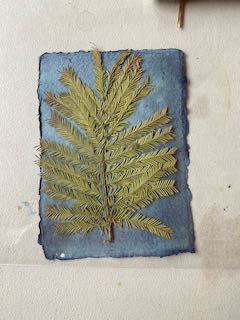
fern print
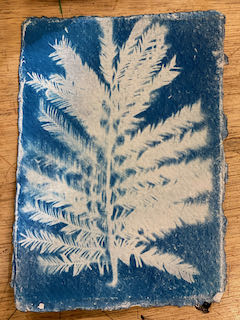
Maple and Acer leaves on a silk scarf
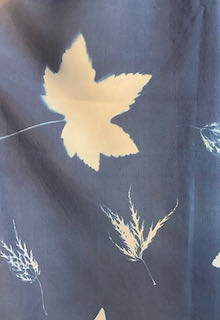


Cyanotype is a photographic printing process that produces a cyan blue print. Engineers used the process well into the 20th century as a simple and low cost process to produce copies of drawings, referred to a blueprints.
Paper should be pre-prepared away from daylight, in a solution of 25g of Ferric Ammonium Citrate, 10g Potassium Ferricyanide and water. The paper should be left to dry in a dark place until it's ready to be used.
We used a mixture of 'flat' materials including feathers, ferns and leaves picked and dried from West Dean gardens.
These are placed onto the paper and exposed to natural sunlight for approximately 30 minutes, depending on the strength of the sunlight.
A piece of glass is then placed over the paper to secure its position while developing.

The paper is then rinsed thoroughly in water and left to dry, revealing the distinctive blue and white print.



Maple leaves

Peacock feather

fern print

Maple and Acer leaves on a silk scarf


